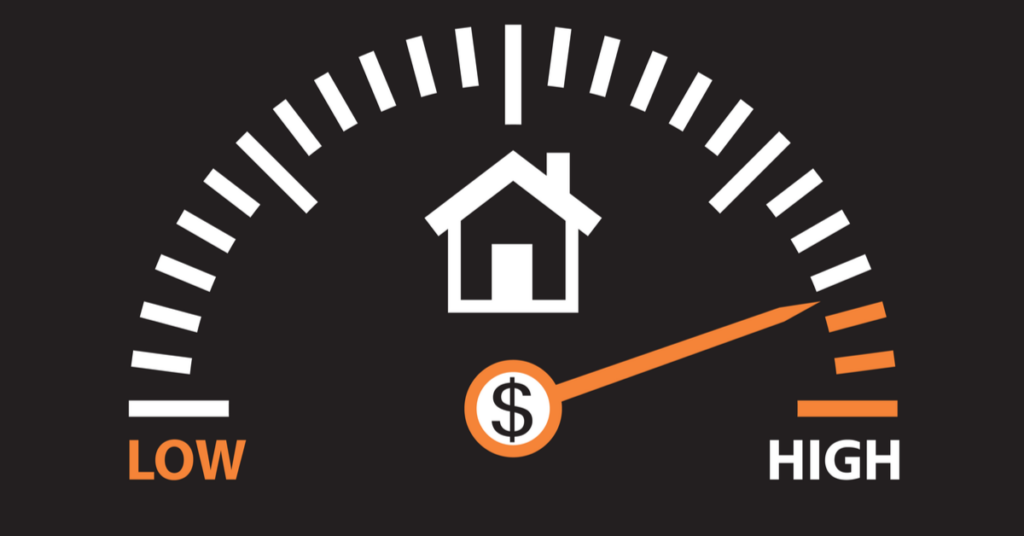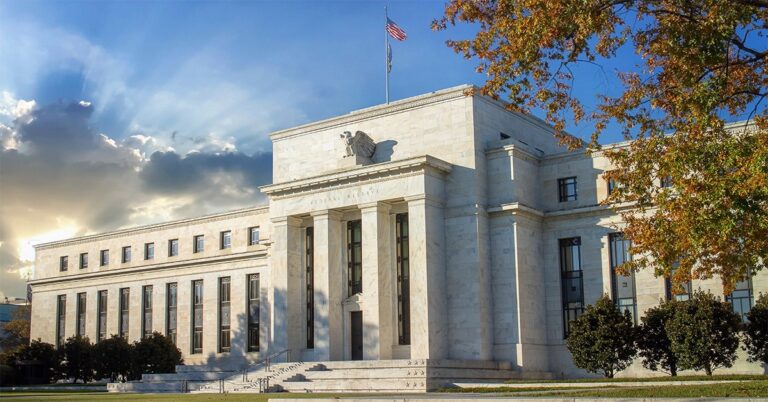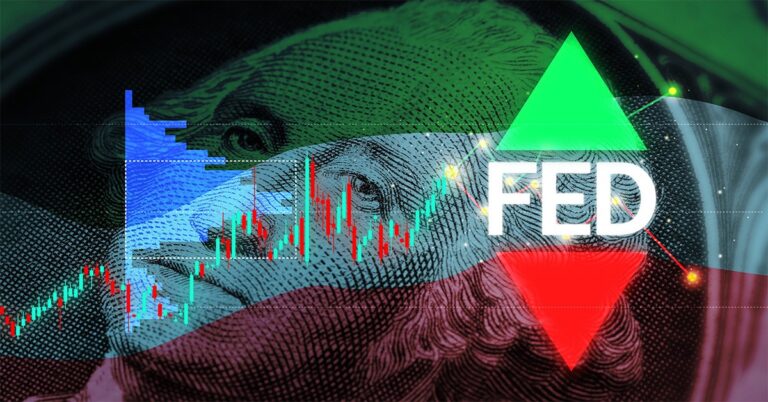A weary nation continues to wait for the full results of its election, but in the meantime, its housing market just keeps on thundering along.
The latest data point on the market’s strength came Tuesday from CoreLogic, which reported that its nationwide Home Price Index (HPI) nationwide grew 6.7% year over year in September. That figure easily surpasses the previous September’s year-over-year increase of 3.5%, and in fact stands as the strongest annual home price gain since May 2014.
Month over month, national home prices gained 1.1% from August to September.
“Housing continues to be a bright spot during an otherwise challenging economic time for many U.S. households,” said Frank Martell, president and CEO of CoreLogic. “Those in sectors that weathered the transition to remote work successfully are now able to take advantage of low mortgage rates to purchase a home for the first time or to trade-up to a larger home.”
If those first-time buyers are eyeing entry-level homes, they’ll have to contend with rapid appreciation. Every price tier has seen home prices speed to their fastest year-over-year growth rates since 2014. But the least expensive tier has seen the biggest gain, with prices rising 10% annually in September. The low-to-middle price tier saw prices increase 8.2% in September, while prices in the middle-to-high tier rose 7.6%. The highest tier posted price growth of 6.6%.
For-sale inventory also continues to diminish, with CoreLogic reporting that September supply sank to the lowest level at least 38 years. For context, the supply of for-sale homes in September was at 75% of that seen in September 2000 and 40% of that seen in September 2008. The ongoing and stark shortage has helped exacerbate price appreciation, with buyers jockeying furiously for the limited options on the market.
Of course, the pandemic isn’t helping the supply situation, said Frank Nothaft, CoreLogic’s chief economist.
“COVID has contributed to the acute shortage of inventory as the pace of new construction slowed and older prospective sellers postponed listing their homes until after the pandemic,” said Nothaft. “Once the pandemic passes or a vaccine is widely administered, we should see a noticeable pick-up in for-sale homes. And if the economy’s recovery is sluggish next year, distressed sales may also add to market inventory.”
It’s worth nothing that despite the big jump in national home price growth, appreciation varies wildly from metro to metro — another consequence of factors like inventory and coronavirus. In Phoenix, for example, there is a big dearth of homes for sale, helping push prices up 11.1% annually in September. On the flipside, New York, which continues to see some residents depart for less density and more space, prices only grew 0.3% year over year.
Also, while national home prices remain rapidly ascendant for now, CoreLogic still expects their growth to slow dramatically by next year. The firm projects price growth of 0.2% from September 2020 to September 2021, which, if realized, would be the lowest annual home price increase since January 2012.








